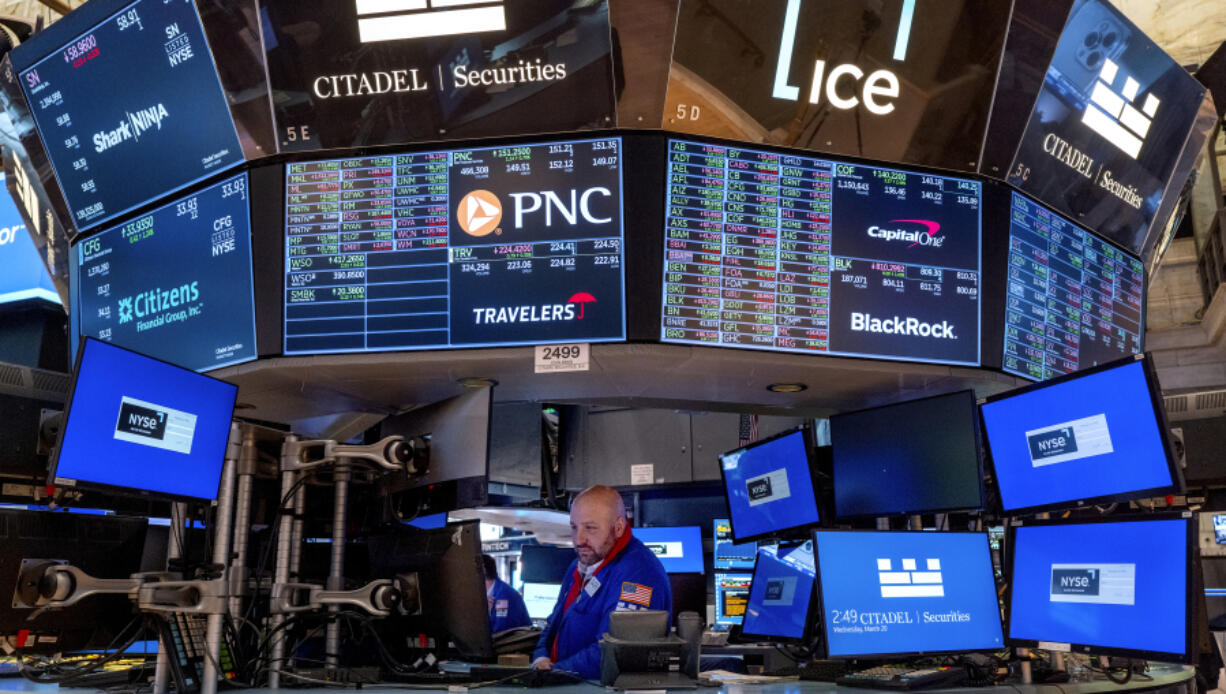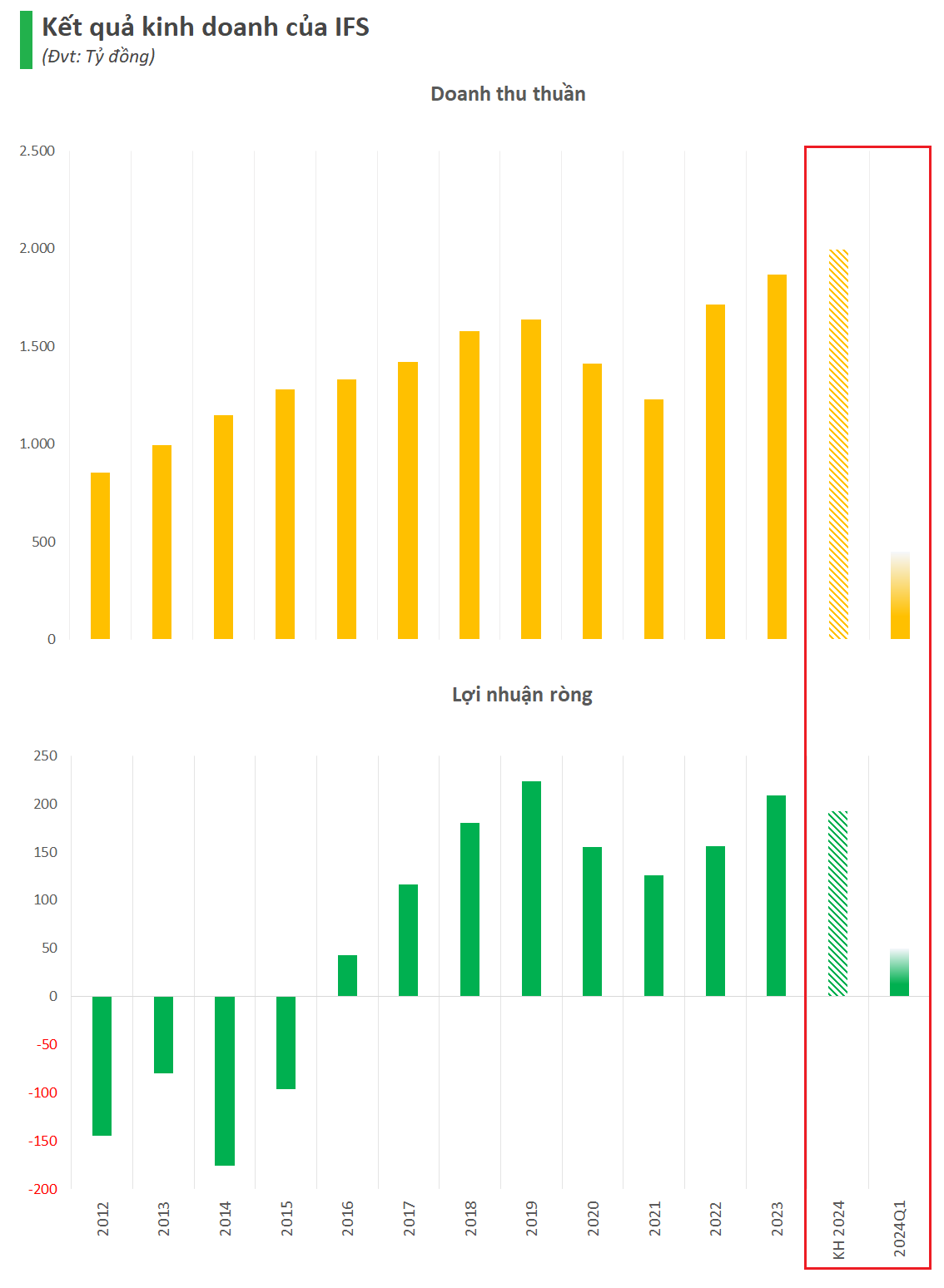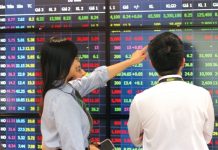Dr. Le Xuan Nghia believes that sophisticated and large-scale investors are hesitant to invest in the Vietnamese stock market due to the existence of a price ceiling for stocks. This means that stock prices are only allowed to fluctuate within a daily limit of 7% for the HOSE index, 10% for HNX, or 15% for UPCoM, without the possibility of exceeding these thresholds.
This differs from foreign stock markets, where stock prices can rise and fall without any restrictions on the magnitude of price movements. However, other countries have “financial institutions that build the market.” When a stock price rises too high, these institutions will sell to bring the price down slightly, and vice versa when the price drops too low, they will buy to push the price back up, instead of using a price ceiling like in Vietnam.
“Sophisticated investors, especially foreign investors in the Vietnamese market, are suffering because they know that opportunities are being missed due to the price ceiling. A stock’s price could potentially increase by several dozen percent in a day, but in the end, it only manages to rise by 5-10%. By the third day, the opportunity is gone because the information has changed,” argues Mr. Le Xuan Nghia.
A prime example is the stocks of companies listed on the US stock exchange. In a single day, the market price of a stock can surge by several hundred percent, with unlimited profit potential.

US Stock Exchange
Mr. Le Xuan Nghia comments, “This greatly impacts long-term risky investments by domestic and international investors. Even short-term speculators are significantly affected. They spot opportunities, but those opportunities are not allowed to rise beyond 10%.”
These limitations hinder the development of Vietnam’s financial market, despite the Vietnamese population’s high-risk appetite. As a result, the wealth management and financial markets in Vietnam have not progressed as robustly as expected. Currently, only 7-8% of the population in Vietnam has financial investment accounts, whereas this percentage ranges from 40-50% in other countries, with Taiwan boasting the highest rate of 80%.












